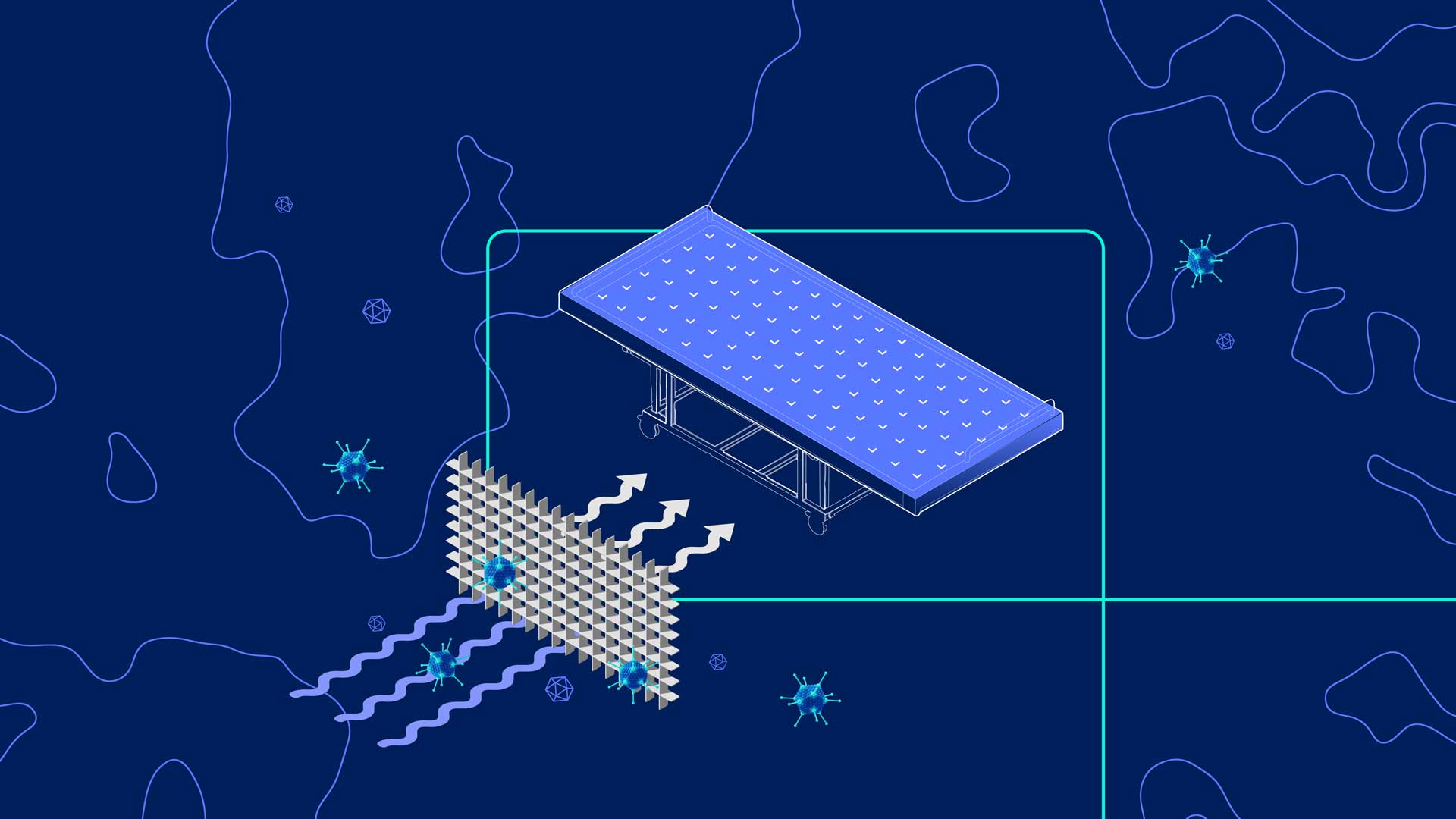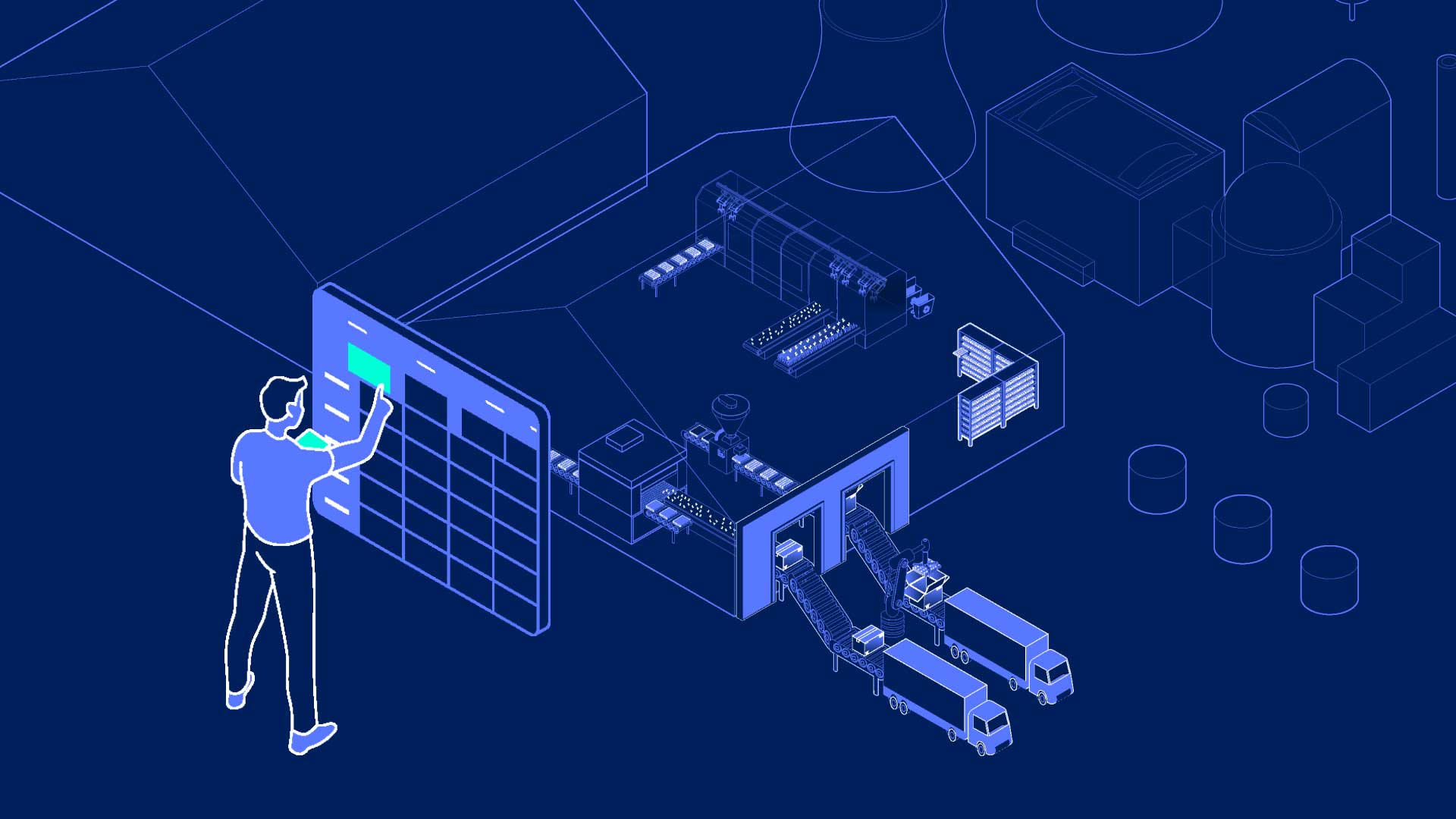Amongst the many advantages of vertical farming, enabling our systems to transition from old to new is key
The below article was written by IGS’ Head of Vertical Farming Solutions, Douglas Elder.
The global food system (encompassing everything from production to transportation to the end consumer) accounts for nearly one third of the world’s greenhouse gas emissions. Countries everywhere need to look at how to mitigate the system’s impact. This can also bolster food security by reducing dependency on expensive and carbon intensive imports flown from across the world. Agritech – specifically vertical farming – is a key part of the puzzle here.
Alongside these factors, other advantages of vertical farming include everything from its ability to integrate with renewables, to how we can tailor growth to meet consumer demand (whilst simultaneously reducing our dependency on pesticides and other harmful chemicals). Let‘s delve into these particular advantages of vertical farming, and examine how this technology can enhance food production worldwide.
Integrate seamlessly with planet-friendly energy
Take the input. Vertical farms can be powered by 100% renewable energy, a more sustainable solution than energy derived using fossil fuels.
If an energy provider co-locates with a vertical farm, though, they are able to direct-wire energy into a project and potentially receive a higher and fairer price per kWh than selling it back to the grid.
The technology used in an IGS Growth Tower enables growers to optimise electricity usage. We’ve designed our tech solutions to avoid any issues with three-phase balancing and in-rush (which would require a larger connection to the facility than is necessary).
This reduces expenditure on electricity. On top of that, it provides a crucial balancing mechanism to the energy grid, while optimising the efficiency of the renewable asset. The extent it does this largely depends on the location and availability of renewable energy. Integrating renewables can help to both reduce operating costs and grow food in a clean, sustainable manner, while also potentially opening another revenue stream.
-Aeroponics(micro%2520Kale%25201010)-oct21-014%2520(1)%2520(1).jpeg)
Reduce dependency on harmful chemicals
Phosphates and nitrates are critical chemicals needed to grow plants, but can be environmentally damaging. This is partly down to the energy used to produce them, but also relates to the impact they have on ecosystems with surface runoff and soil degradation (through overuse). The energy needed to produce these chemicals typically involves fossil fuels, and therefore has an additional indirect impact on the carbon footprint of food production.
These collateral implications significantly impact our natural landscapes and our ability to sustainably grow crops on them. It’s therefore crucial that we look at other, cleaner ways of reducing the impact of food production. Our Growth Towers use a recirculating hydroponic system which works to reduce any chemical input and ensures all nutrients are contained within the system. Any unused nutrient solution can then be used in other forms of agriculture, offsetting more traditional farming inputs.
Control the growing environment
Pests, disease, and crop losses from natural weather events also impact food production in traditional settings such as a field or glasshouse. This can lead to both crop failures and long-term soil contamination or degradation. Paired with the long-term effects of fertilisers and pesticides, farmers are left facing a series of challenges which can hinder their operations. In order to adapt and reduce pesticide usage, it’s important to look at new technologies and how they can be integrated on a wider scale.
Vertical farming can help. By providing a biosecure environment in which to produce healthy seedlings, we can reduce the likelihood of pests and contamination in crops once they’re moved to either an open field or glass house. Our tech doesn’t require any chemical pesticides, biocides or fungicides throughout the growth process, mitigating any environmental impact and resulting in consistent, healthy, and nutritious crops.
At IGS, we use Total Controlled Environment Agriculture (TCEA) to control every aspect of the growing environment. This accelerates the growth process by allowing year-round cultivation, and providing an ideal mechanism to select the best performing varieties of a given crop. Our technology also enables production to be rapidly scaled for industrial use. This can significantly improve food security globally, as it can be used for any number of crop types, including leafy greens like basil, starter plants such as tomatoes, and non-food crops such as trees or pharmaceuticals.
Grow to meet demand
Not relying on external factors such as seasonality and climate also means growers can target operations to the market conditions. From an environmental standpoint, this makes sense as it first and foremost works to reduce food waste. Growers can do this by growing to meet consumer demand and avoiding growing in-season crops where traditional agricultural systems are already producing quality produce.
By making subtle changes to the way a crop is grown (be it through lighting or nutrition), growers can increase shelf life, and really hone in on specific taste, flavour, and even nutritional characteristics. This allows them to target niche markets, adding value and helping diversify output.

Bring the food chain closer to home
The ability to grow locally not only ensures crops can be grown closer to the consumer, reducing transportation emissions and providing access to fresher, more nutritious produce with a longer shelf-life, but critically ensures a domestic supply of critical food production. IGS technology is built with flexibility in mind, meaning that crop production can change to meet interruptions in supply from export, while also providing a critical piece of infrastructure that that can help make food production more resilient.
How governments can facilitate wider change
To help facilitate wider change, governments can choose to invest in vertical farming and subsidise food industry imports. Alternatively, they can look at funding domestic research and food production systems, so they are resilient and robust, regardless of wider global events. In recent years, we’ve seen the impact of climate and political events which have a huge knock-on effect on our current setups, so it’s important to look at ways in which states can help to alleviate pressures.
By coming together, governments, academia, and the private sector can combine to bring around greater change. This helps traditional agriculture adapt, lessening its carbon footprint and adopting systems which ensure year-round, consistent production.
Interested in how vertical farming can fit into your current operations? Take a look at our guides, or get in touch to arrange a chat with a member of our team.






.jpg)
